
Now that we're 2 decades into the 21st century, we're discovering and determining more and more about how our predecessors lived and one thing has become very clear. The meaning of "survival of the fittest" has changed drastically. The greatest threats to us in this world are no longer wild beasts the size of tanks or rival gangs of Neanderthals (though animals and our fellow man can still be immensely destructive). There are now a million different opportunities for disaster to strike in the most unexpected ways.
In fact, inexplicable accidents account for a huge percentage of deaths on an annual basis. People get hit by cars, are buried in unexpected avalanches, and even drown in swimming pools. A little bit of knowledge can go a long way in ensuring you make it out of frightening situations with your life intact and only some added scars and trauma. And these statistics will also show you that there are more things in this world to be frightened of than just the obvious. Don't worry, though. We'll never leave you hanging. We've also got a few handy tips for each frightening fact that will help you be the fittest version of the modern-day survivalist.
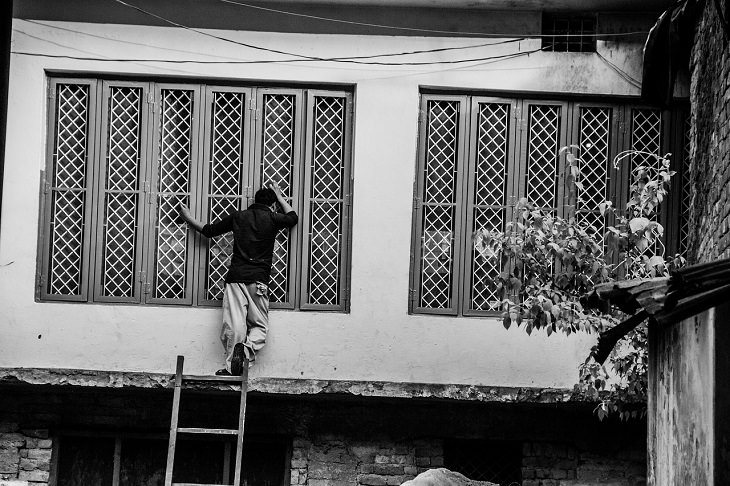
Fact: Over 700 people die every year due to falls from ladders and scaffolding, and nearly half of those accidents occur when items are being carried.
Tip: Ensure you maintain 3 points of contact with the ladder at all times while climbing. Work belts and pulleys can be used for moving items.
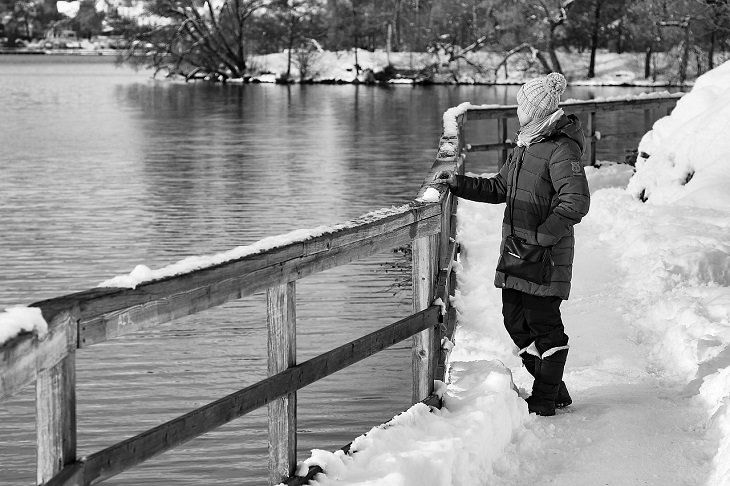
Fact: Nearly 1000 people die annually because of Hypothermia, which can occur even in relatively cold temperatures like 30° to 40° F (0-5° C).
Tip: Hypothermia can be exacerbated by wet or sweat-drenched clothing, so stick to wool and synthetic clothing, and avoid cotton as it traps moisture. If you get stranded, stuff your shelter and clothes with dry leaves to conserve heat.

Fact: Commotio Cordis describes a concussion of the heart that occurs when the chest is struck at a particular millisecond between heartbeats. The US National Commotio Cordis Registry noted 224 fatalities over 15 years, half of which were young athletes.
Tip: As protective gear does not always prevent Commotio Cordis from occurring, its best to avoid taking any shots to the chest. Athletes should also ensure defibrillators are present at the location of the sporting event, as they can drastically increase survival rates.
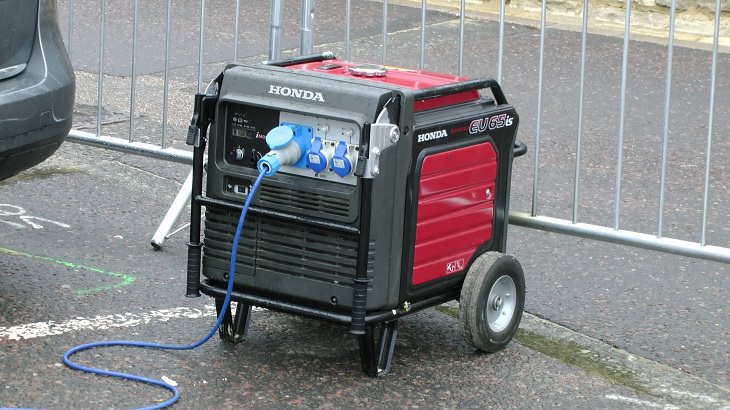
Fact: Nearly 200 people a year die from carbon monoxide poisoning caused by consumer products like portable generators. 12 deaths were caused by portable generators following the destruction of Hurricane Sandy.
Tip: In case a portable generator has to be used overnight or over a long period, for example, after a disaster or during rolling blackouts, the generator must be kept at least 20 feet away from the residence.

Fact: Nearly 1000 people die annually in the US from bicycle accidents, out of which 800 are caused by motor-vehicle crashes, according to data from the National Center for Health Statistics.
Tip: Avoid cycling on major roads or streets without a cycling path. Always wear a bicycle helmet as they reduce the risk of brain injury and head injury by 58% and 60% respectively, in case an accident occurs.
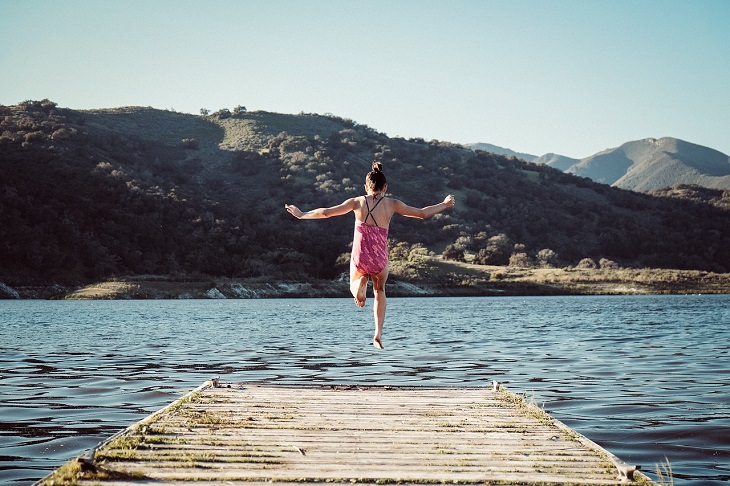
Fact: There have been over 20 deaths caused by electric-shock drowning (ESD) in swimming pools in the US since 2002, according to the U.S. Consumer Product Safety Commission. ESD, which occurs when a loose wire or electrical item falls into the water causing a shock and consequent drowning, has also occurred at numerous docks.
Tip: Ensure the pool, dock, or any water body that you are at has followed appropriate electrical safety standards. In case of docks, it’s advisable not to swim anywhere within 100 yards of a wired dock.
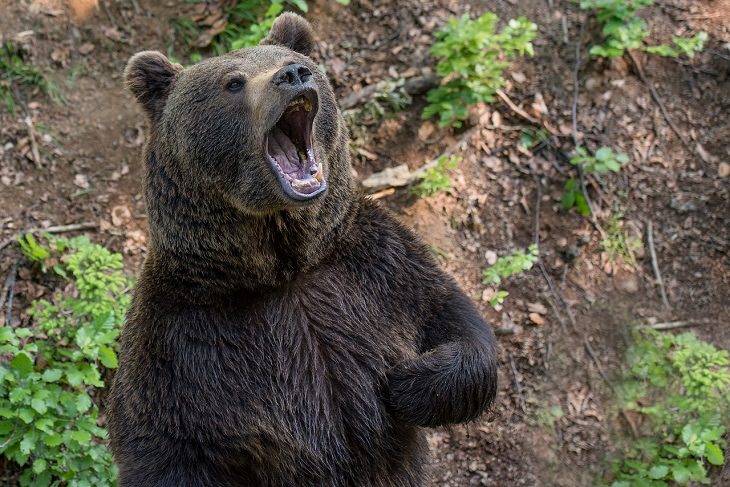
Fact: 3-5 people in North America are killed annually in wild animal attacks, the most frequent being bear attacks and occasionally sharks.
Tip: While traveling near woods or open waters, check the wildlife that frequents the area. In the case of a bear, having pepper spray handy can stop the bear from a distance of 30 feet. Back away calmly and slowly and avoid sudden movement as they can trigger bigger animals’ predatory instincts.

Fact: Every year, 8-12 people die in whitewater rafting and boating accidents related to dams, the majority of which occur near low-head dams, which are usually found on smaller streams and look like a calm line to follow but can create a whirlpool that can trap a boat.
Tip: According to Kevin Colburn from the group American Whitewater, in case your boat capsizes and you are caught in the vortex, the safest thing to do is to curl up, sink to the bottom, out of reach of the whirlpool, and move downstream. Do not resurface until you have left the area of the vortex.
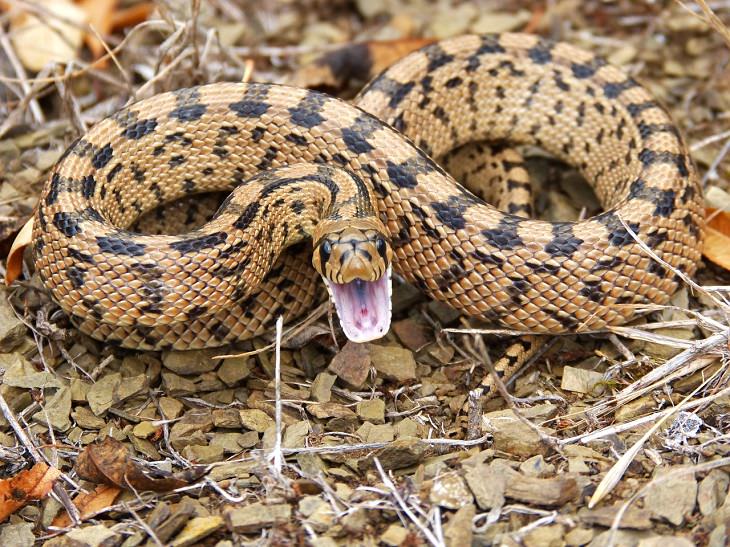
Fact: The United States is home to approximately 20 out of 700 species of venomous snakes in the world. Every year, between 7000 and 8000 Americans report being bitten by a venomous snake.
Tip: Less than 10 people bitten each year die, though a larger number result in permanent injury. Many cases of fatalities occurred because the victim did not seek treatment, so if you are bitten, try to identify the snake (from memory), perform necessary and careful first aid, and even if you believe it was a non-venomous snake, ensure you get the wound treated by a trained medical professional.

Fact: Approximately 70 people are killed every year in lawn-mowing accidents while riding mowers, and nearly 250,000 are injured according to the American Academy of Pediatrics. Most of these accidents occur on slopes when the mowers flip.
Tip: Never mow sideways along a slope, only up and down. If you can’t turn the mower around and back-up the machine onto the slope easily, it is too steep to mow with a rider.
Share these life-saving tips with family and friends!